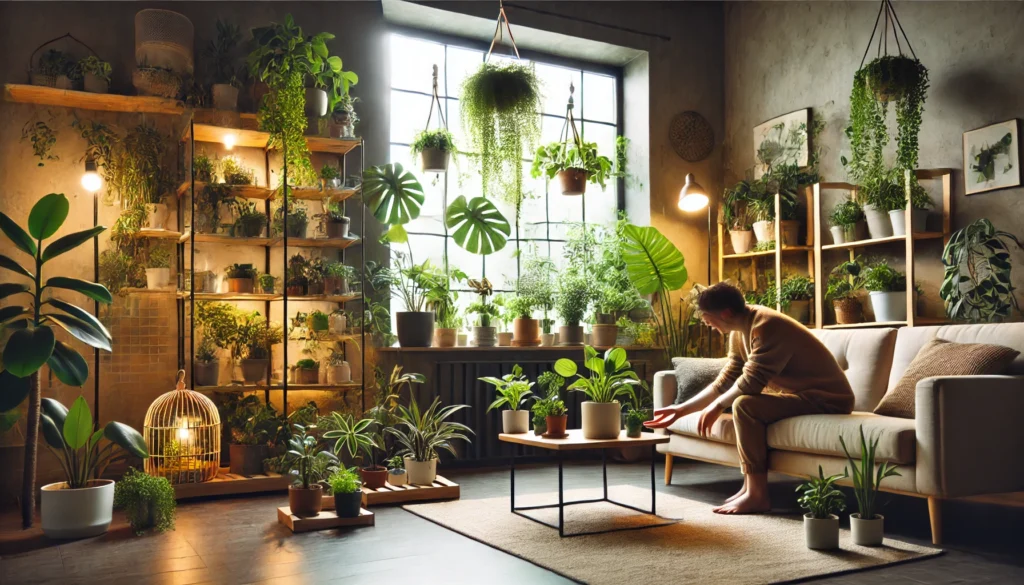
Beginner Indoor Plant Care Schedule: The Ultimate Guide to Healthy Plants
Keeping indoor plants healthy and thriving doesn’t have to be complicated, even if you’re just starting out. A well-structured beginner indoor plant care schedule can take the guesswork out of watering, fertilizing, and general maintenance, ensuring your plants stay lush and vibrant. Without a clear routine, it’s easy to overwater, underwater, or neglect key care tasks, leading to struggling plants. In this guide, we’ll break down a simple yet effective schedule that works for all types of houseplants, helping you build confidence as a plant parent. Let’s dive into the essential steps to keep your indoor garden flourishing!
Table of Contents
ToggleUnderstanding Your Indoor Plants
Taking care of indoor plants starts with understanding their basic needs. Each plant has unique requirements, but they all need the right balance of light, water, humidity, and nutrients to thrive.
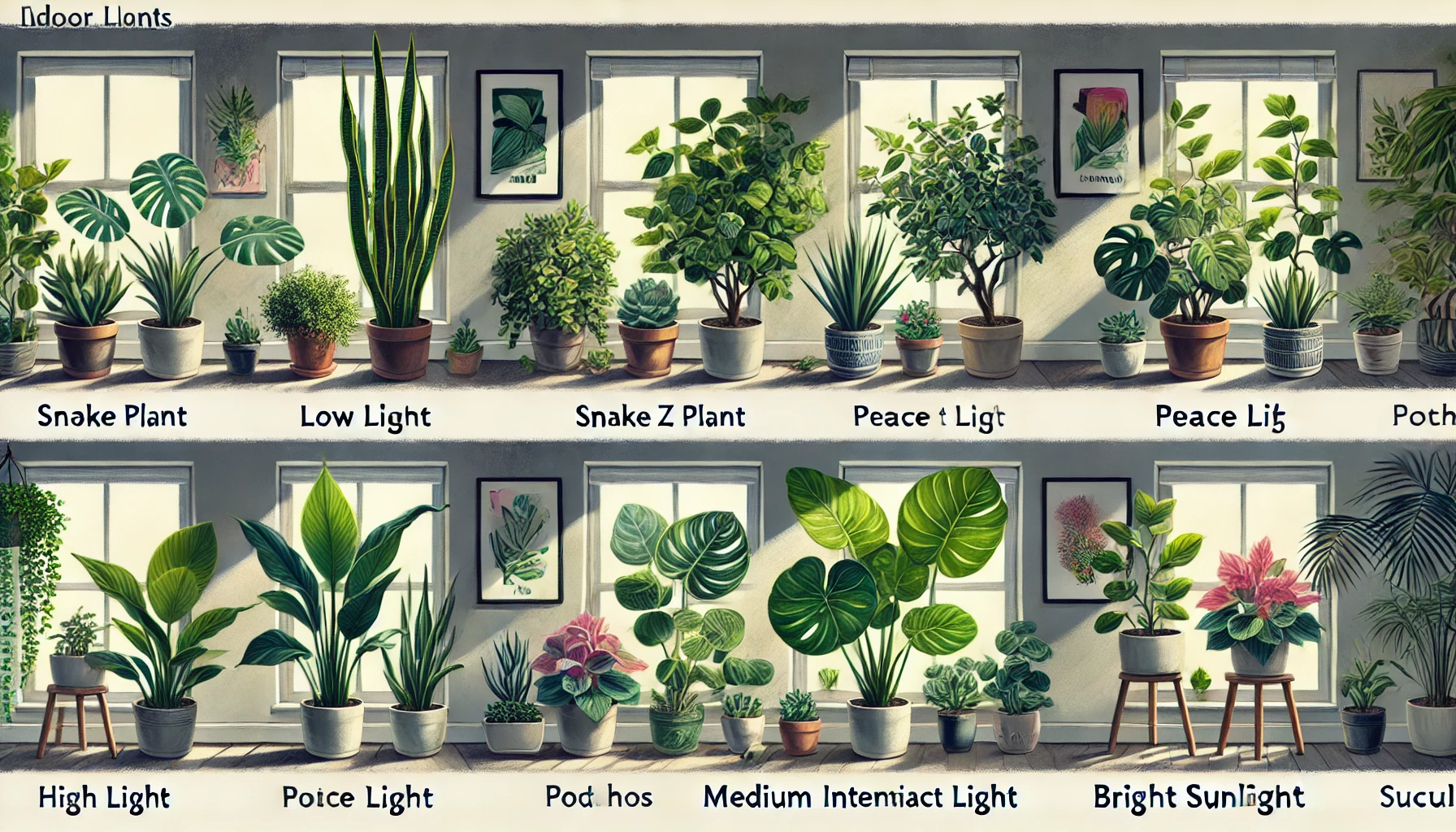
Know Your Plant Type
Indoor plants fall into different categories:
- Low-light plants (e.g., snake plant, ZZ plant) need minimal sunlight.
- Medium-light plants (e.g., pothos, peace lily) do well in indirect light.
- Bright-light plants (e.g., fiddle leaf fig, succulents) require strong, direct sunlight.
Understanding where your plant naturally grows helps you provide the right environment.
Light Requirements
Light is crucial for photosynthesis, but too much or too little can harm plants.
- Direct sunlight: Ideal for succulents, cacti, and citrus trees.
- Indirect sunlight: Perfect for most houseplants like pothos, ferns, and peace lilies.
- Low light: Works for shade-loving plants like snake plants and philodendrons.
If natural light is limited, consider LED grow lights to supplement.
Watering Needs
Overwatering is a common mistake. The right amount depends on the plant type, pot size, and season.
- Succulents & cacti: Water only when soil is completely dry.
- Foliage plants: Keep soil lightly moist but not soggy.
- Tropical plants: Require more frequent watering, especially in warm seasons.
A good rule: Check the soil before watering. Stick your finger an inch deep—if dry, water it; if moist, wait a few days.
Humidity Levels
Indoor plants thrive in different humidity levels:
- Dry air: Use a humidifier for tropical plants like orchids and ferns.
- Balanced humidity: Ideal for pothos, spider plants, and rubber trees.
- Low humidity tolerance: Succulents and cacti adapt well to dry air.
Misting and pebble trays help maintain humidity when needed.
Choosing the Right Pot and Soil
The right pot and soil ensure strong root growth.
- Drainage: Always use pots with drainage holes to prevent root rot.
- Soil type:
- Cactus & succulents: Well-draining sandy soil.
- Foliage plants: Peat-based, nutrient-rich soil.
- Orchids & epiphytes: Bark or airy mix.
Daily Plant Care Routine
Maintaining a tomatillo plant requires consistent care to ensure healthy growth and a bountiful harvest. Follow this daily routine to keep your plant thriving.
Morning Check-In
- Inspect the Leaves – Look for yellowing, wilting, or pests. Address issues early.
- Check Soil Moisture – Stick your finger about an inch into the soil. If dry, water lightly.
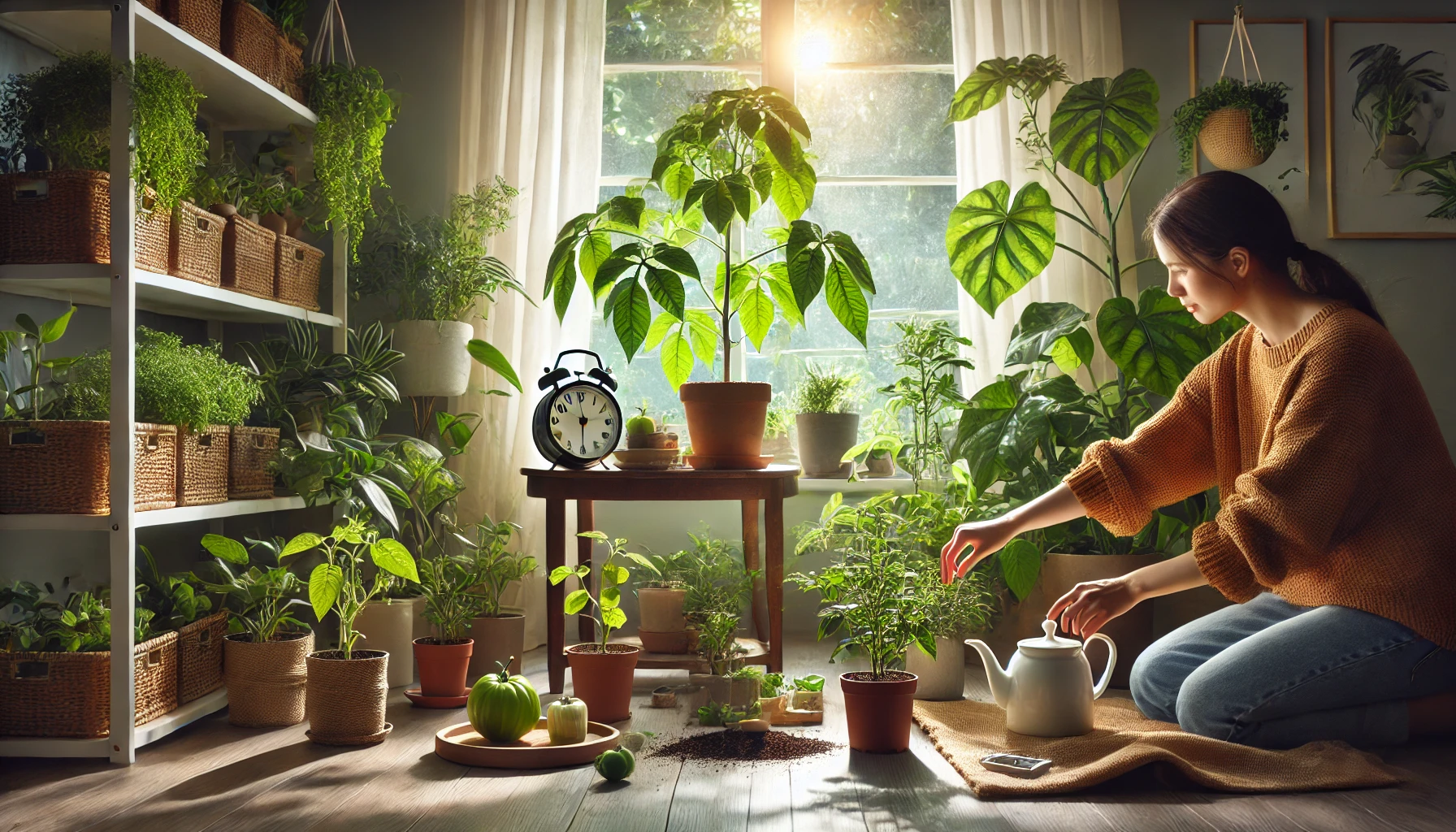
Proper Watering
- Water in the Morning – Helps prevent fungal diseases and gives the plant enough moisture for the day.
- Avoid Overwatering – Tomatillos prefer slightly moist soil but not soggy conditions. Use well-draining soil.
Sunlight and Temperature Monitoring
- Ensure 6–8 Hours of Sunlight – Tomatillos thrive in full sun.
- Adjust for Extreme Weather – Provide shade during heatwaves and use row covers on cold nights.
Pest and Disease Prevention
- Look for Common Pests – Aphids, flea beetles, and hornworms can harm the plant. Remove them manually or use neem oil.
- Check for Fungal Issues – Powdery mildew and blight can spread quickly. Ensure good airflow and avoid overhead watering.
Supporting Growth
- Tie Vines to Stakes or Cages – This prevents the plant from sprawling and keeps fruits off the ground.
- Prune Unnecessary Shoots – Trim lower leaves and excess branches for better air circulation.
Evening Wind Down
- Lightly Mist in Dry Conditions – Helps maintain humidity but avoid soaking the leaves.
- Final Quick Check – Ensure plants are standing strong and no new issues have emerged.
By following this simple yet effective daily routine, your tomatillo plants will stay healthy and productive throughout the growing season.
Weekly Plant Care Routine
Establishing a consistent weekly care routine is essential for keeping your plant healthy and thriving. Follow this expert-approved plan to ensure your plant receives the right balance of water, nutrients, and attention.
Watering Schedule
- Check the soil moisture by inserting your finger about an inch deep. If it feels dry, it’s time to water.
- Use room-temperature water and avoid overwatering to prevent root rot.
- Ensure proper drainage to keep the roots healthy.
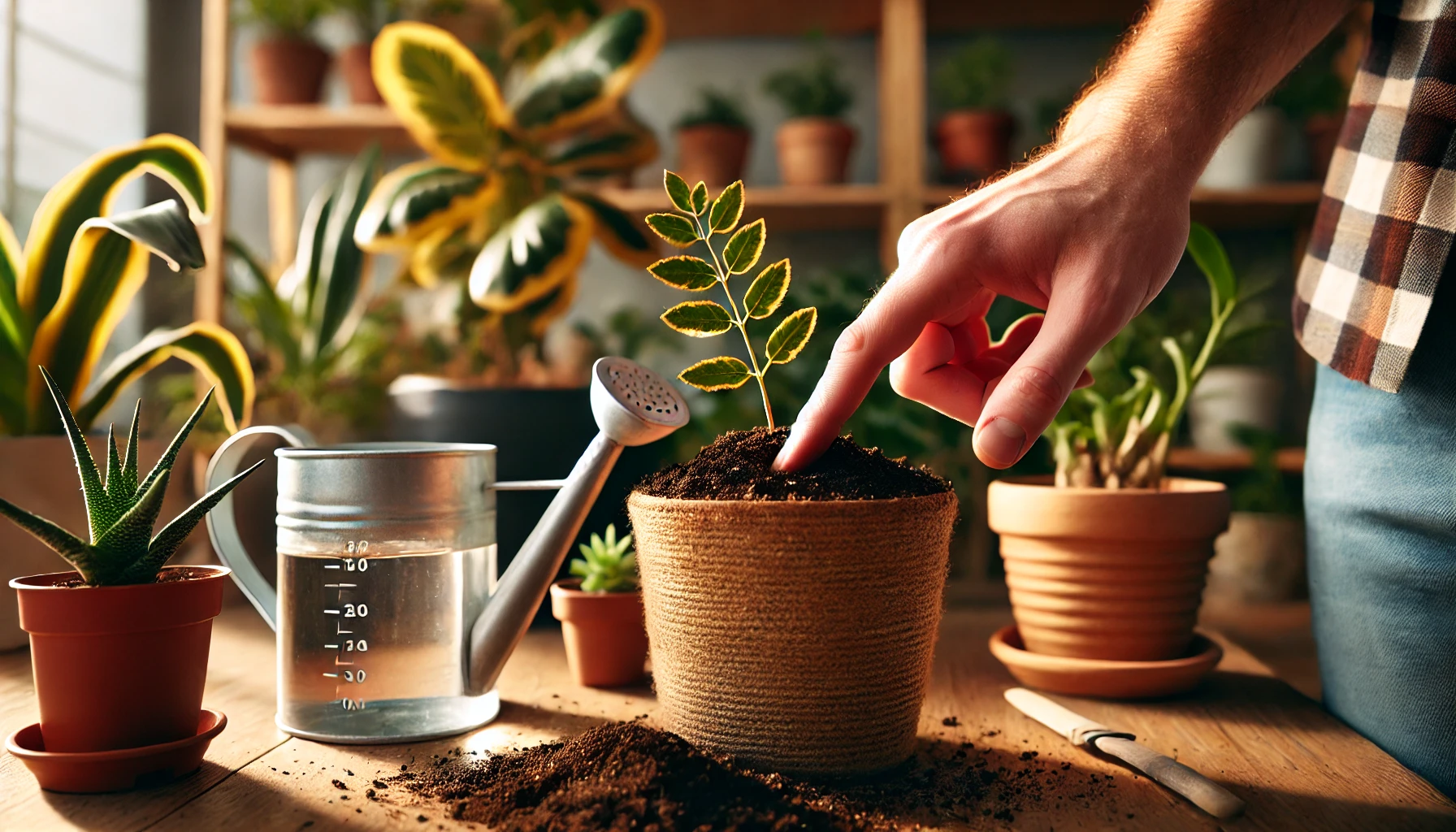
Fertilizing Routine
- Apply a balanced liquid fertilizer once a week during the growing season.
- Reduce feeding in colder months when growth slows.
- Organic compost or diluted fish emulsion can boost nutrients naturally.
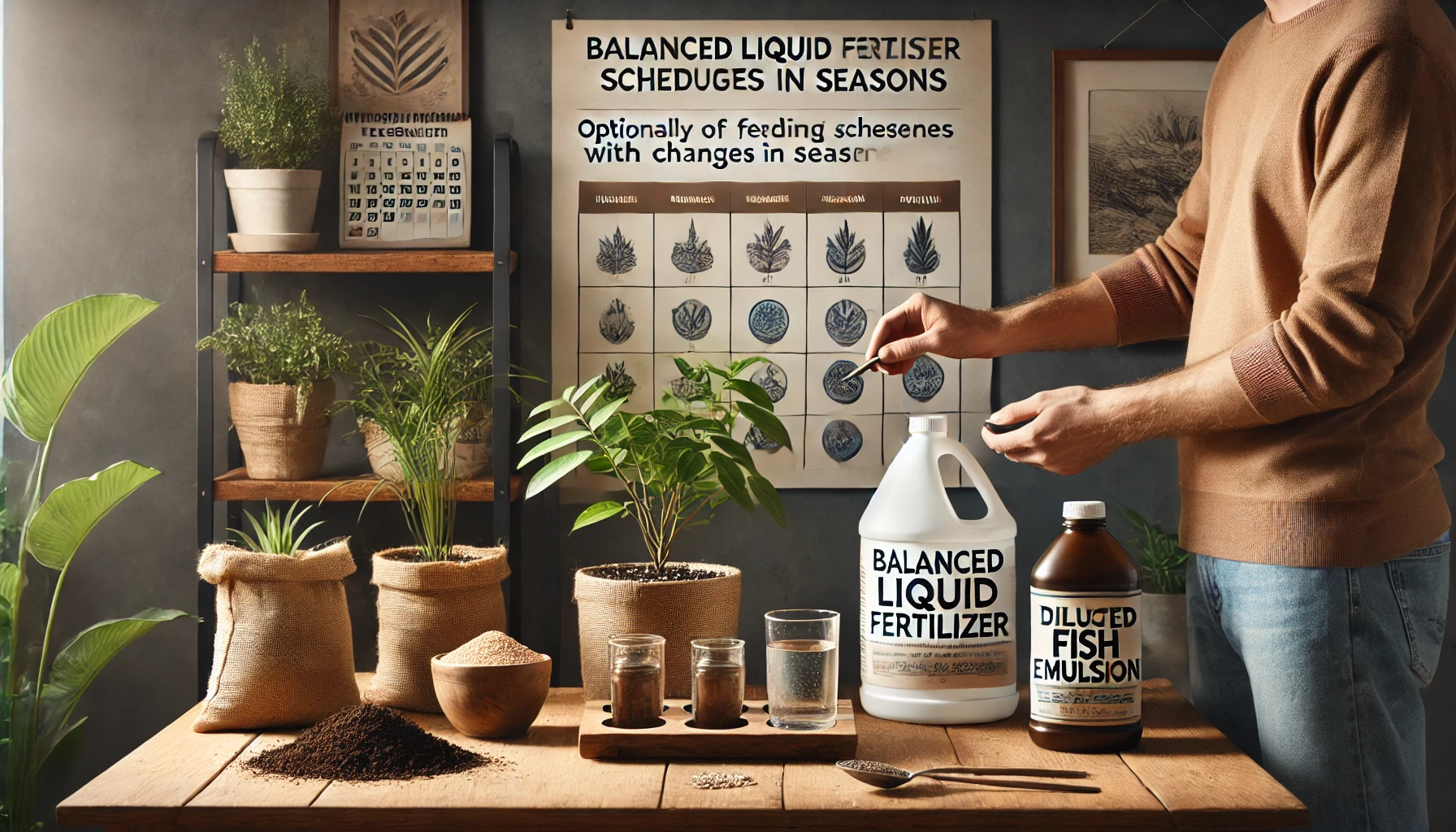
Pruning & Maintenance
- Trim dead or yellowing leaves to promote new growth.
- Check for pests and remove any affected areas immediately.
- Rotate the plant weekly for even sun exposure.
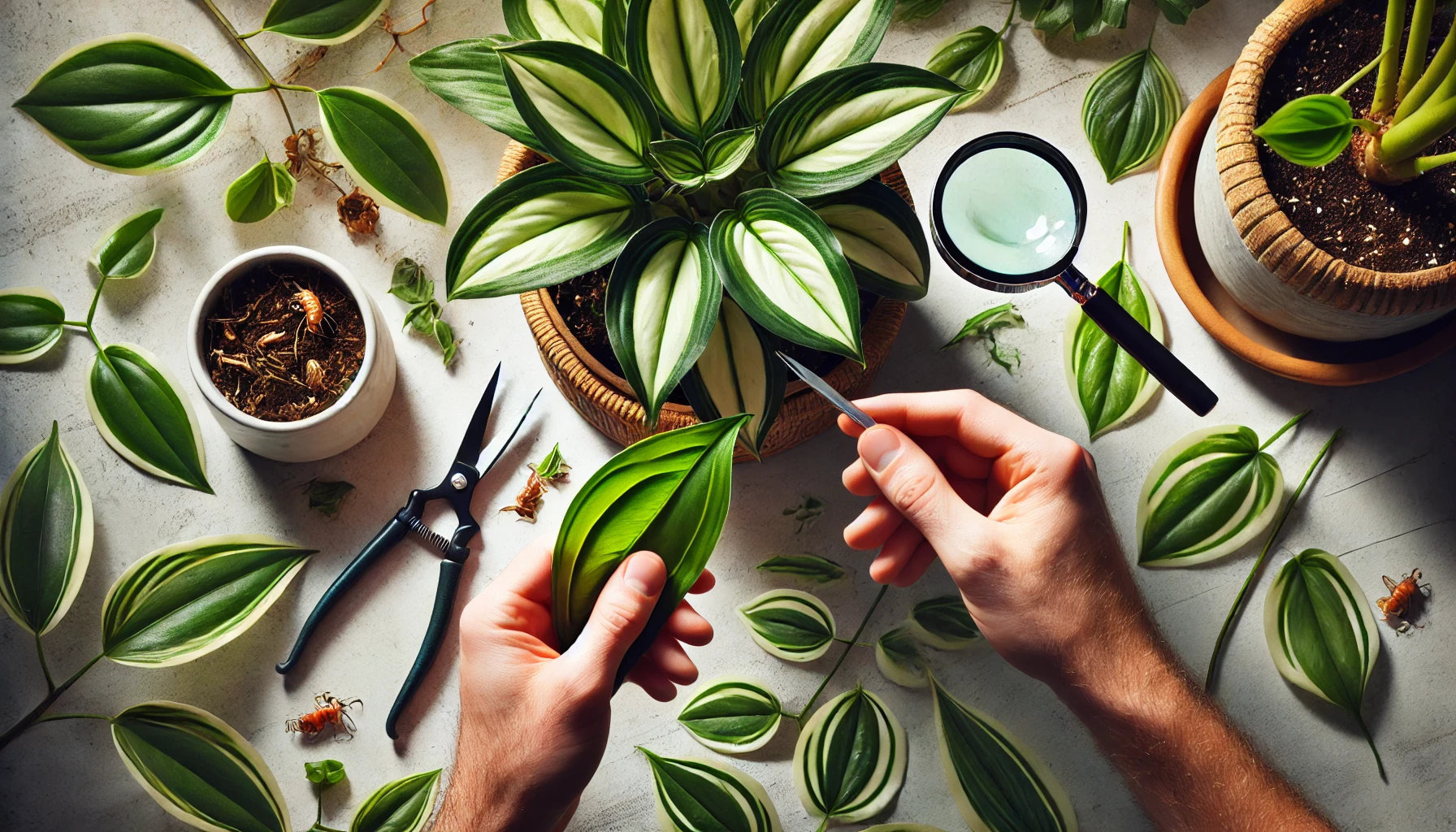
Cleaning & Humidity Control
- Wipe the leaves with a damp cloth to remove dust and improve photosynthesis.
- Mist the leaves if your plant thrives in a humid environment.
- Use a pebble tray or humidifier if the air is too dry.
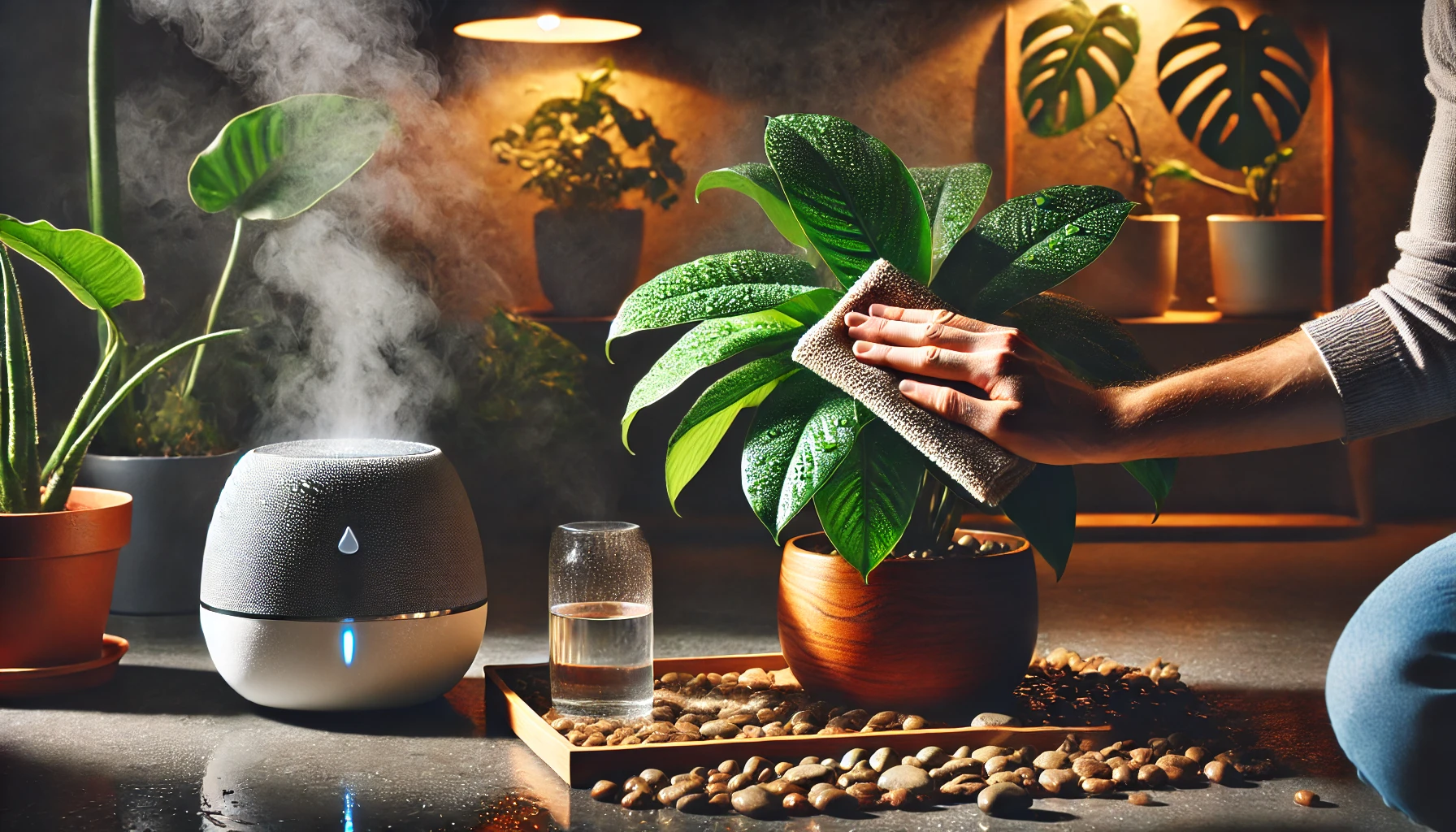
Soil & Pot Health Check
- Inspect the soil for compaction and loosen it gently if needed.
- Ensure the pot has adequate drainage to prevent excess moisture buildup.
- Repot if roots start outgrowing the container.
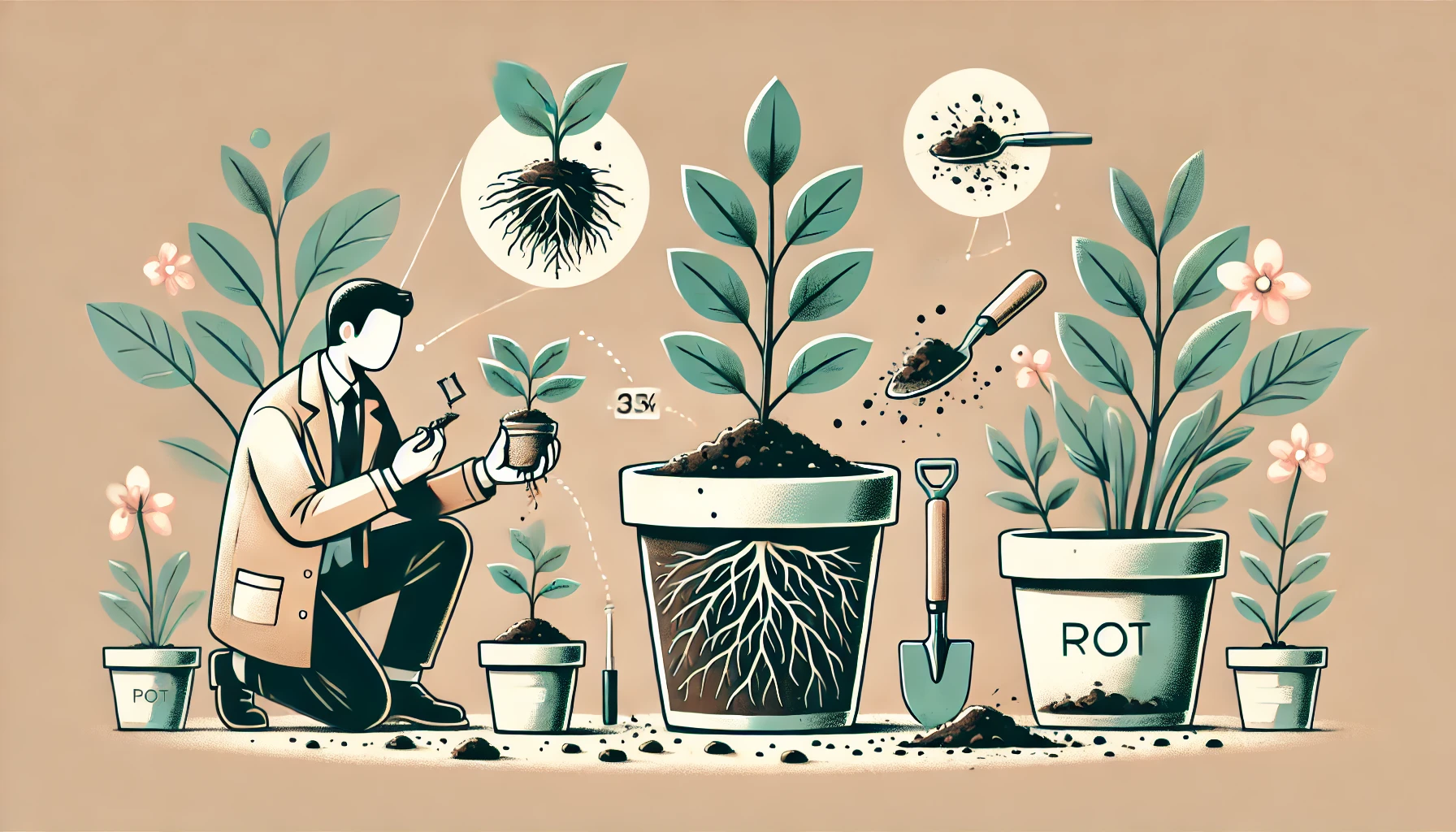
By following this simple yet effective weekly routine, your plant will remain vibrant, healthy, and stress-free.
Monthly Plant Care Routine
Maintaining a healthy garden requires consistent attention throughout the year. A well-structured monthly care routine ensures your plants thrive. Here’s a practical breakdown for each month:
January to March
- Watering: Water your plants less frequently during the colder months. Ensure the soil isn’t soggy to prevent root rot.
- Pruning: Trim back any dead or damaged growth. This helps stimulate fresh growth in the spring.
- Fertilizing: Avoid fertilizing during the winter unless you’re growing indoor plants that need nourishment.
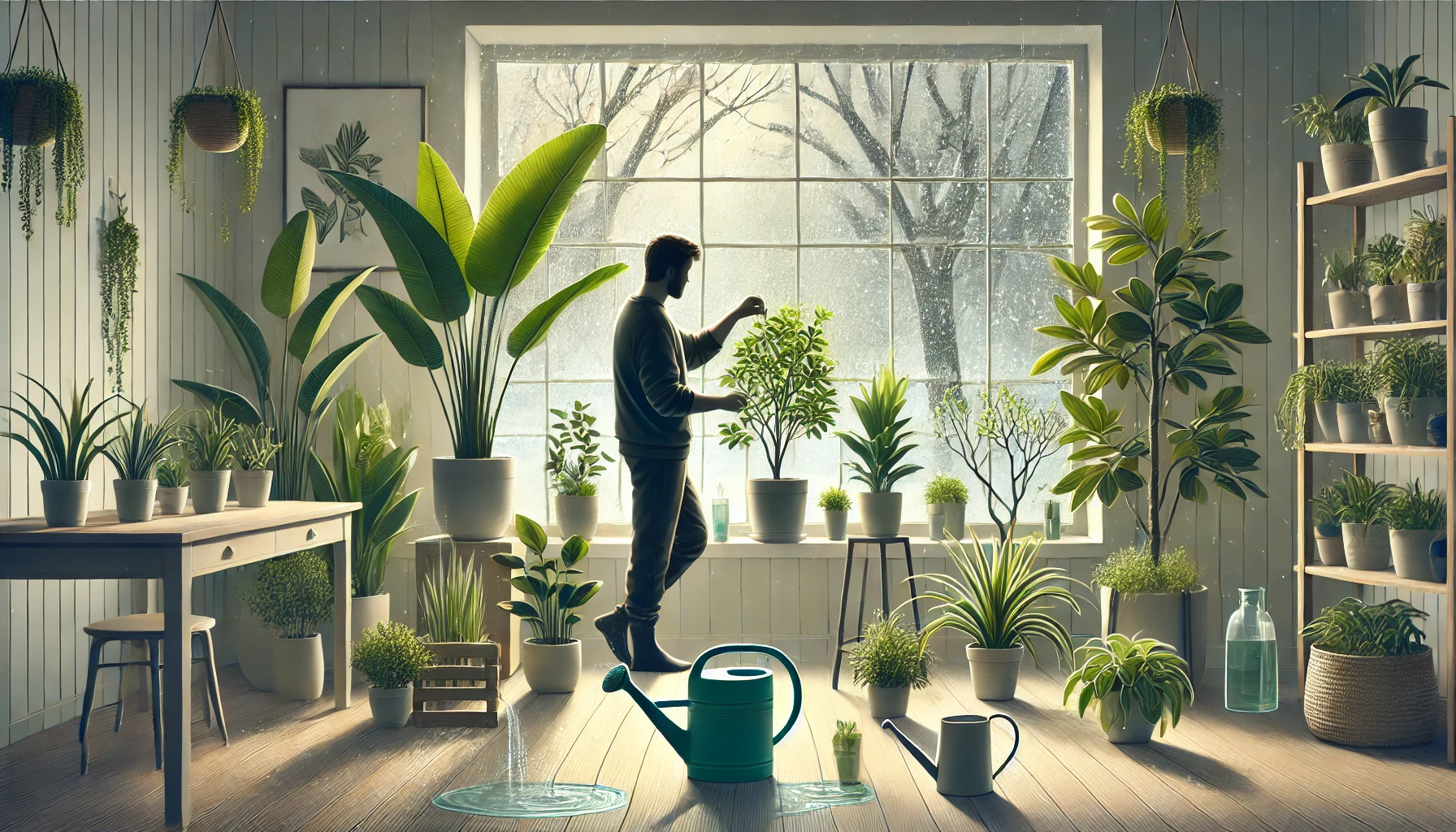
April to June
- Watering: As temperatures rise, increase watering frequency, especially for outdoor plants.
- Fertilizing: Begin a monthly fertilization schedule with a balanced fertilizer to encourage healthy growth.
- Pest Control: Regularly inspect plants for pests. Use organic insecticides if necessary.

July to September
- Watering: Keep up with watering as summer heat intensifies. Ensure deep watering to promote strong root systems.
- Mulching: Apply a fresh layer of mulch to retain moisture and keep the soil cool.
- Pruning: Deadhead flowers to encourage new blooms and remove any spent growth.
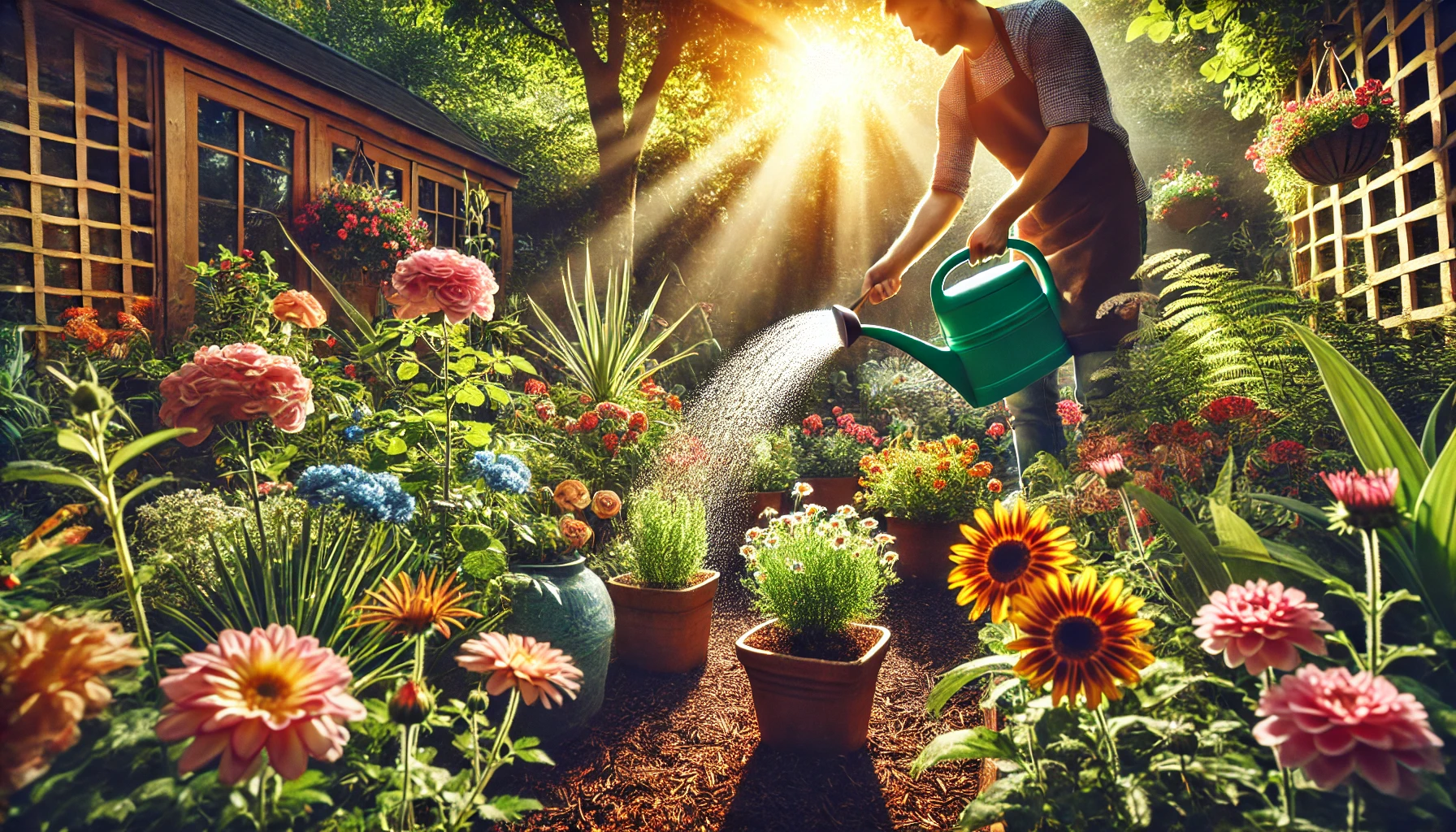
October to December
- Watering: Gradually reduce watering as temperatures cool. Keep an eye on your plants, ensuring they don’t dry out completely.
- Winterizing: For outdoor plants, cover them with frost protection or bring them inside to avoid damage from freezing temperatures.
- Fertilizing: Cut back on fertilizing to give plants a rest during their dormant phase.
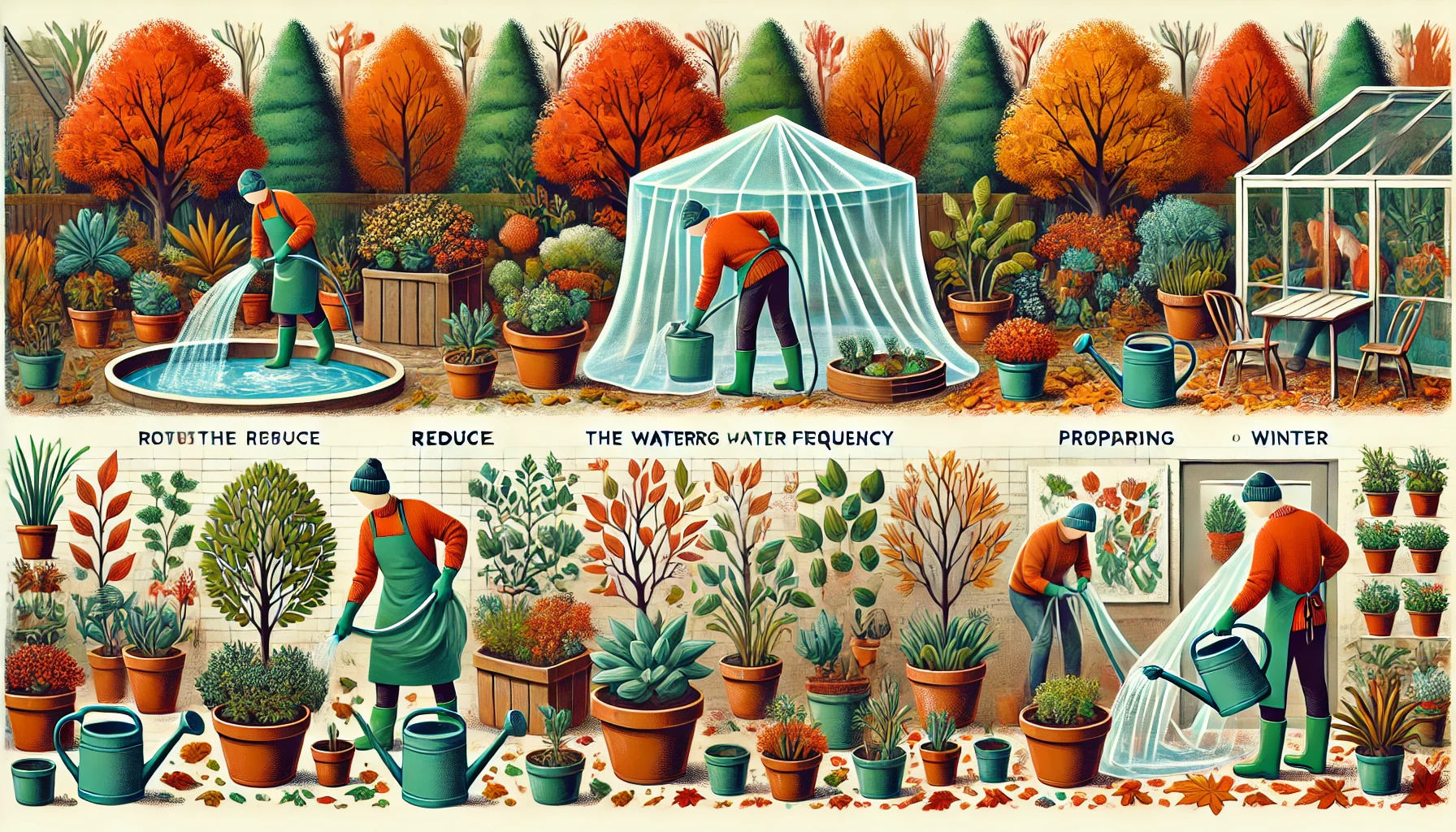
This monthly routine offers a simple yet effective way to keep your plants thriving year-round. By adapting care to the seasons, your plants will grow healthier, bloom longer, and be more resilient to pests and disease.
Seasonal Adjustments to Your Care Schedule
To keep your tomatillo plant thriving, adjusting your care routine based on the season is essential. Here’s how you can adapt your approach for each season:
Spring: Planting and Early Growth
Spring is the time to get your tomatillo plant started. After the last frost, plant your seeds or seedlings in a sunny location with well-draining soil. During this time, focus on providing regular water and a balanced fertilizer to encourage healthy growth. Keep an eye on soil moisture, as spring rains can sometimes cause waterlogging.

Summer: Peak Growth and Maintenance
Summer is when your tomatillo plant will grow rapidly. During this season, ensure it receives plenty of sunlight (at least 6–8 hours a day). Water deeply once a week, but avoid overwatering. As the plant matures, consider adding a support structure like stakes or cages to keep the plant upright. Pruning excess branches can help improve airflow and encourage better fruit production.
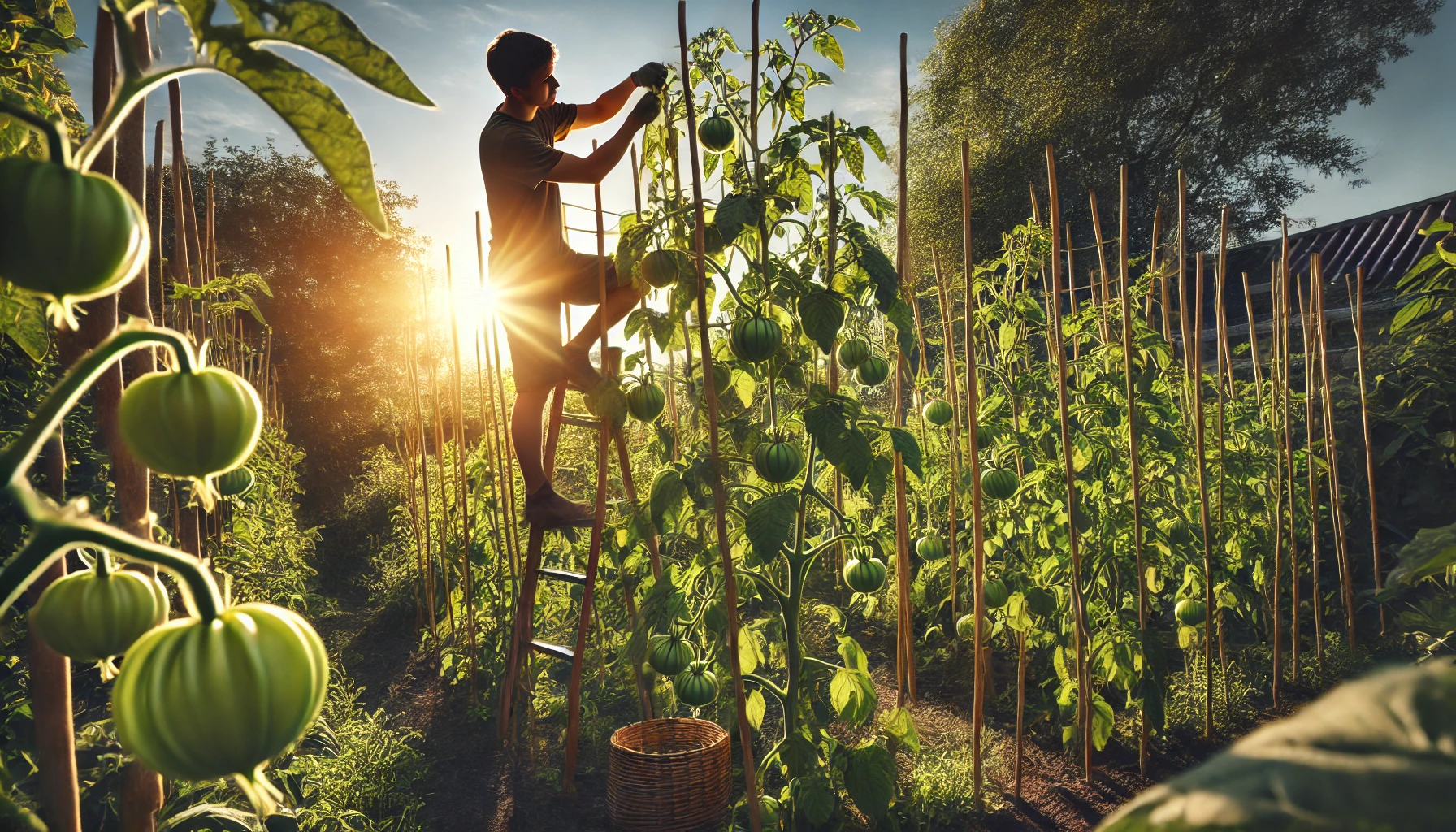
Fall: Harvest and Prep for Winter
In fall, your tomatillo plant will start to produce fruit. Harvest the tomatillos when they’re firm and green, but don’t wait for them to turn yellow or purple. Once harvested, trim back the plant to prepare it for the cooler months. If you’re in a mild climate, consider cutting back and covering the plant to extend the growing season.

Winter: Minimal Care
In winter, tomatillo plants enter a dormant phase. If your plant is in a container, bring it inside to a cool, bright spot to protect it from freezing temperatures. Water sparingly, as the plant won’t need much moisture during this time. If it’s planted in the ground, mulch around the base to protect the roots from frost.
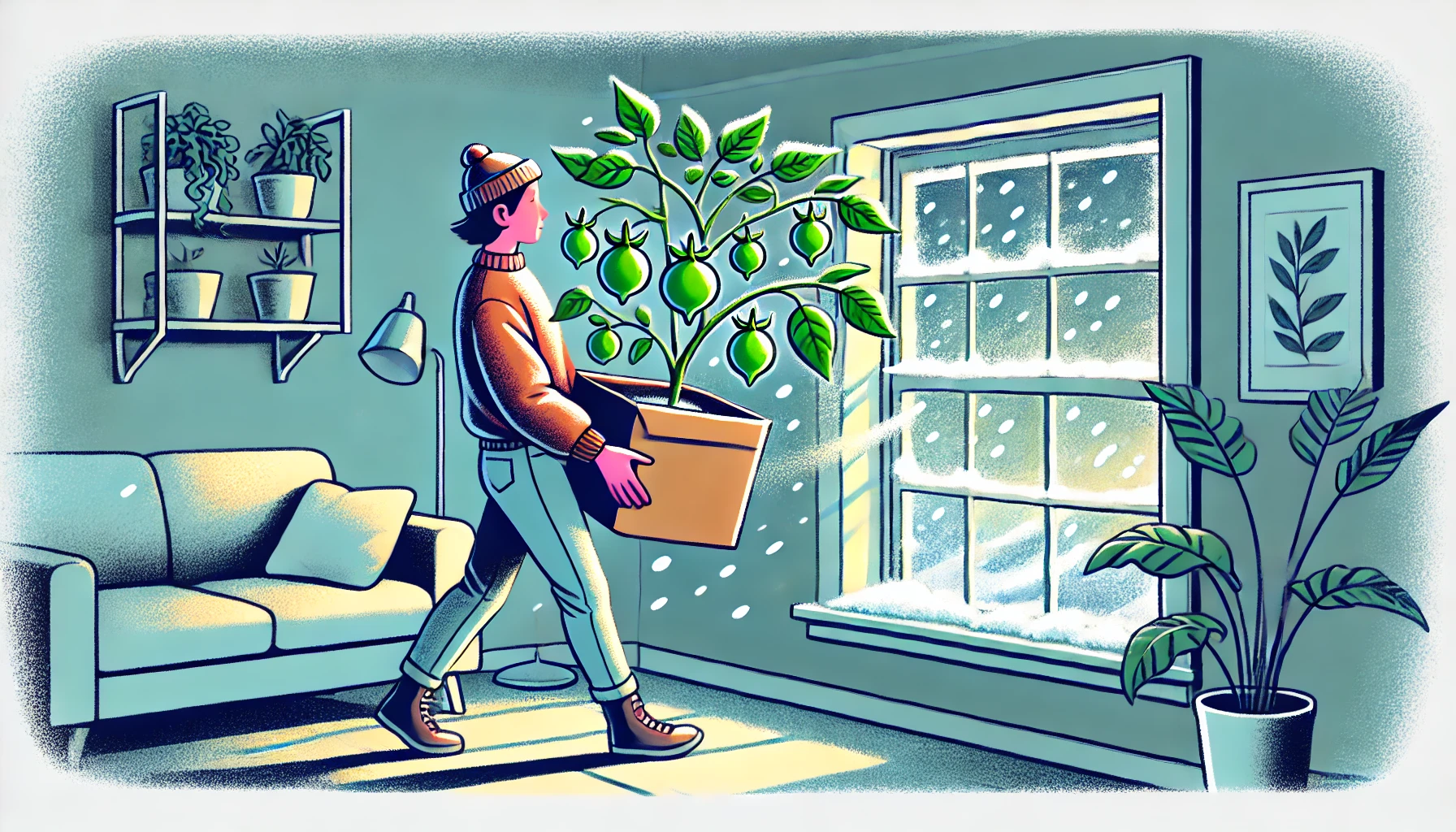
By adjusting your care routine throughout the year, you’ll help ensure your tomatillo plant stays healthy and productive across all seasons.
Common Mistakes and How to Avoid Them
When growing tomatillo plants, even the most experienced gardeners can make a few missteps. Below are the most common mistakes to avoid to ensure a thriving, healthy plant:
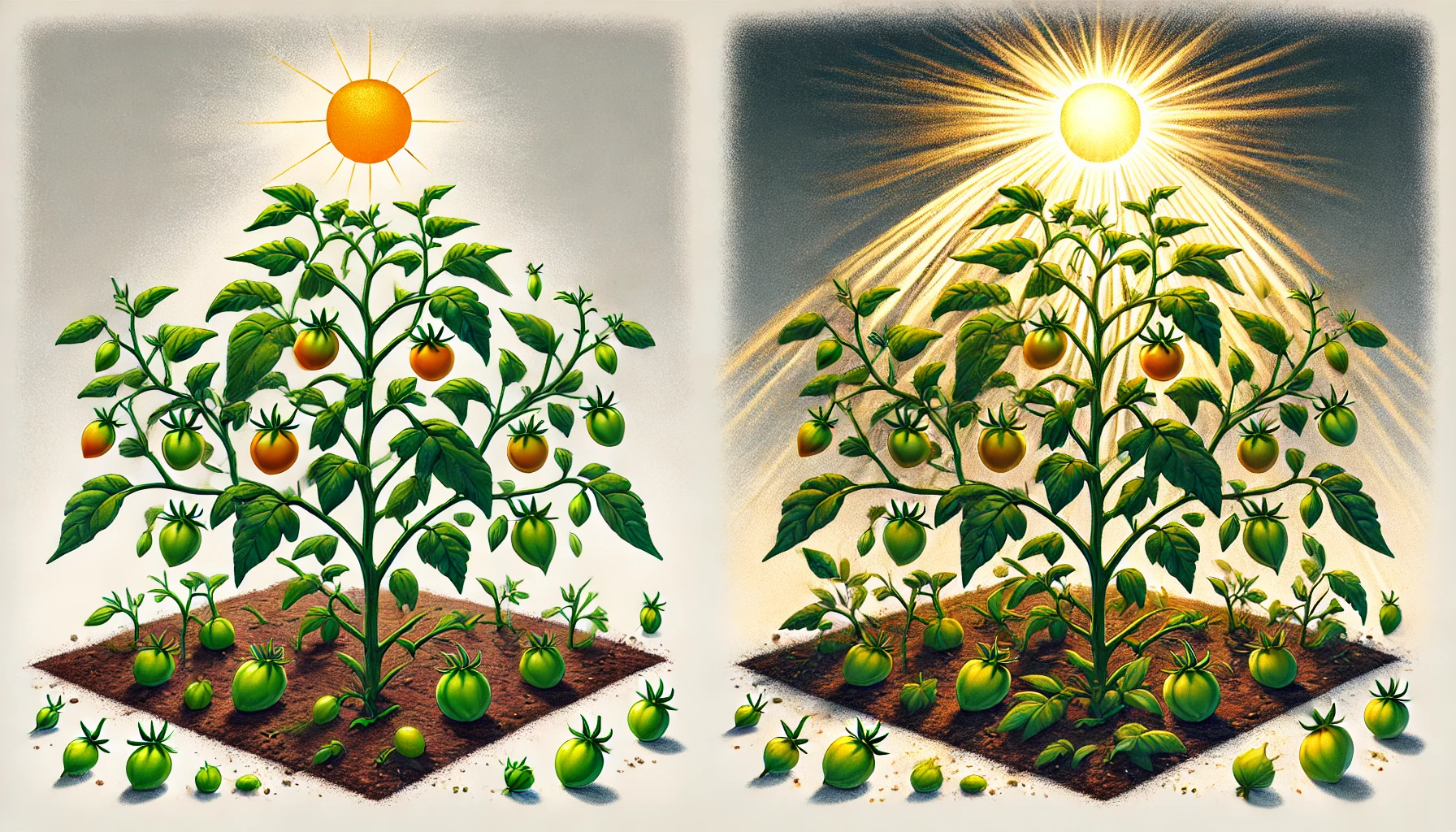
Not Providing Enough Space Mistake: Tomatillos need room to grow and spread. Planting them too close together can lead to poor air circulation and increased risk of disease. Solution: Space your plants at least 24 inches apart to allow for proper growth and airflow.
Overwatering or Underwatering Mistake: Both overwatering and underwatering can stress the plant, leading to stunted growth or wilting. Solution: Water consistently, keeping the soil moist but not soggy. Always check the soil moisture before watering.
Neglecting Pollination Needs Mistake: Tomatillo plants are self-pollinating, but they often need help from bees or wind. Without adequate pollination, you may end up with a poor harvest. Solution: Encourage pollinators by planting nearby flowers that attract bees, or gently shake the plants to help distribute pollen.
Ignoring Soil Quality Mistake: Growing tomatillos in poor, compacted soil can stunt their growth and reduce fruit production. Solution: Ensure the soil is well-draining, rich in organic matter, and slightly acidic (pH 6-7). Amending soil with compost or aged manure can improve its quality.
Inadequate Sunlight Mistake: Tomatillos are sun-loving plants, and placing them in a shaded area can hinder their growth and fruiting. Solution: Plant your tomatillos in a spot that receives at least 6-8 hours of direct sunlight daily.
By avoiding these common mistakes, you’ll set your tomatillo plant up for success and enjoy a bountiful harvest.
Caring for indoor plants doesn’t have to be overwhelming, especially when you follow a well-structured beginner indoor plant care schedule. By setting aside a little time each day, week, and month to tend to your plants, you can create a thriving indoor garden that brings beauty and tranquility to your space. Whether you’re just starting out or looking to refine your plant care routine, consistency is key. Remember, every plant is unique, and your schedule may evolve as you get to know your greenery better. With patience and the right care, you’ll soon enjoy the rewards of healthier, happier plants. So, take a deep breath, grab your watering can, and start your journey to becoming a confident plant parent! Don’t hesitate to share your plant care tips or ask questions – we’re all in this together!
Frequently Asked Questions(FAQ)
What is a beginner indoor plant care schedule?
A beginner indoor plant care schedule is a structured routine that helps new plant owners take care of their indoor plants effectively. It includes daily, weekly, and monthly tasks such as watering, fertilizing, pruning, and monitoring for pests, ensuring your plants thrive in their indoor environment.
How often should I water my indoor plants?
The frequency of watering depends on the type of plant you have. Most indoor plants need watering every 1-2 weeks, but it’s essential to check the soil moisture regularly. A good rule of thumb is to water when the top 1-2 inches of soil feel dry, but avoid overwatering to prevent root rot.
How can I create a plant care schedule that fits my plants’ needs?
Start by researching the specific needs of each plant you own. Some plants require more frequent watering, while others may need more indirect light or humidity. Based on these requirements, customize your beginner indoor plant care schedule by setting reminders for each plant’s individual needs, and adjust it over time as you learn more about them.
What are the key tasks in a beginner indoor plant care schedule?
Key tasks include:
- Daily: Checking soil moisture and observing for signs of distress.
- Weekly: Watering, rotating plants for even light exposure, and dusting leaves.
Monthly: Fertilizing, inspecting for pests, and pruning dead or damaged foliage.
Can I use a plant care app to help with my schedule?
Yes! Many plant care apps can help you keep track of your watering, fertilizing, and other tasks by sending reminders. These apps are great tools for beginners to stay organized and make sure they’re sticking to their care schedule.
How do I know if I’m overwatering or underwatering my plants?
Signs of overwatering include yellowing leaves, mold growth, or a soggy, smelly pot. Underwatering can cause wilting, dry or crispy leaves, and soil that pulls away from the pot’s edge. Adjust your watering schedule accordingly based on your plant’s needs.
Do I need to change my care schedule during the winter?
Yes, indoor plants typically need less water and sunlight during the winter months due to reduced daylight and lower temperatures. Adjust your beginner indoor plant care schedule by watering less frequently and ensuring your plants get enough indirect light.
Can I prune my indoor plants, and when should I do it?
Yes, pruning is essential for maintaining healthy indoor plants. It helps remove dead or damaged leaves, encourages new growth, and improves airflow. Prune your plants as needed, typically during the growing season (spring or summer), but some plants may benefit from occasional pruning throughout the year.
How can I avoid common plant care mistakes?
To avoid mistakes like overwatering, underwatering, or inadequate lighting, follow your care schedule closely and regularly monitor your plants for any signs of stress. Educate yourself on the specific needs of each plant, and don’t be afraid to adjust your schedule as you go.
How can I keep track of my plant care routine?
You can use a journal, calendar, or plant care app to record when you water, fertilize, or prune your plants. Tracking these activities helps you stay consistent and ensures your plants get the care they need when they need it.
